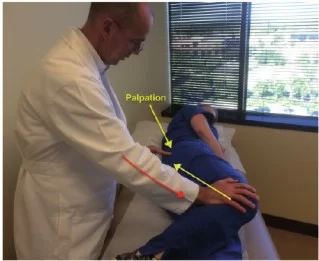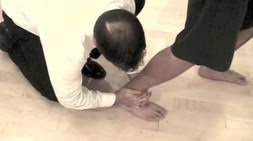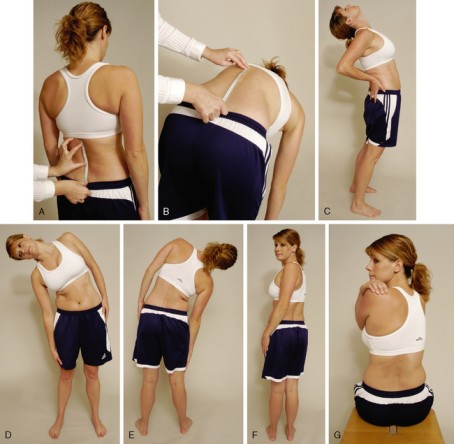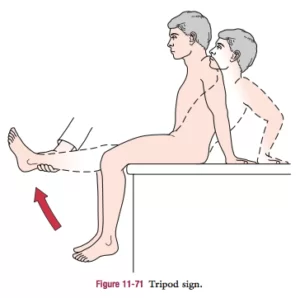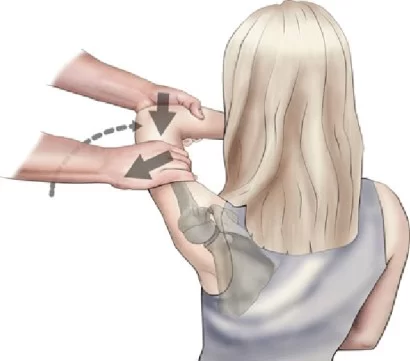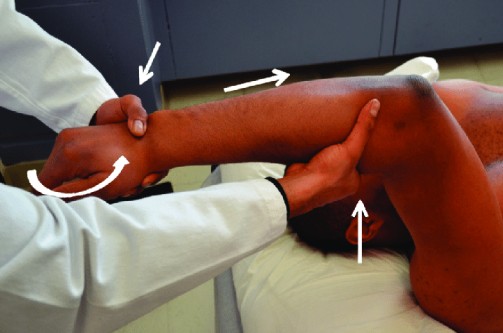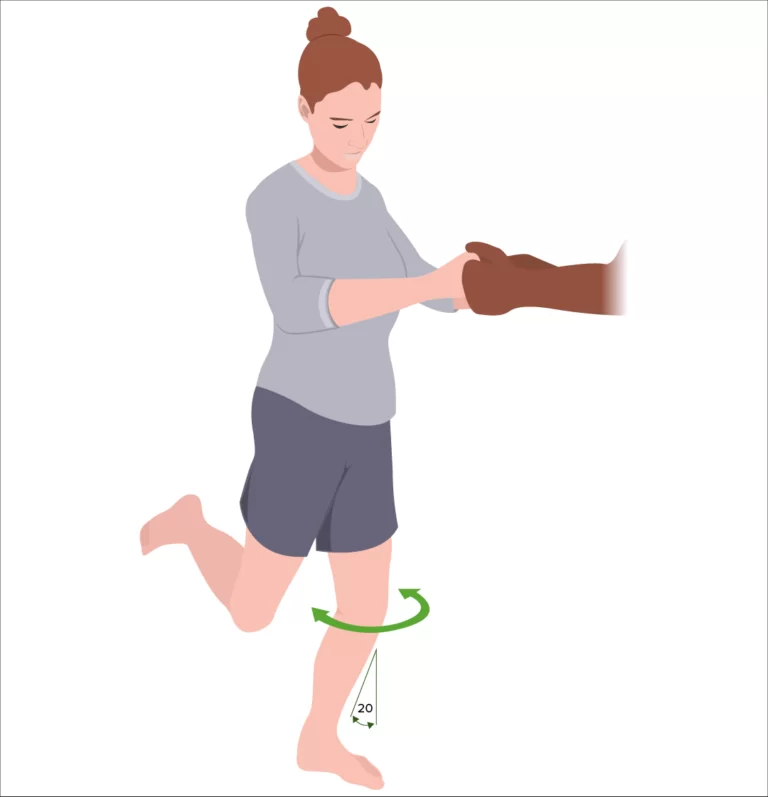Piriformis Test
- This test is also known as the FAIR test means Flexion, Adduction &Internal Rotation means medial rotation.
- Piriformis test is to lower limb provocation test which is used to evaluate the impact of the piriformis muscle on the nerve of sciatic.
- In about 15 % of the population, the sciatic nerve, all or in part, passes through the piriformis muscle rather than below it.
- These people are more likely to suffer from this relatively rare condition, piriformis syndrome.
Purpose of the Piriformis Test :
- This test is used to screen the piriformis muscle.
- It also detects the tightness of the Piriformis muscle & other used is discomforts of the sciatic nerve which passes through to under of the Piriformis muscle.
- Because this test is a muscle tightness & neurological test.
The technique of performance of the Piriformis Test :
- This test is performed in two positions:
- Side-lying position
- Sitting position
This test in side-lying position:
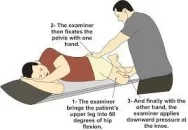
- For the test, the patient is in a side-lying position on the unaffected side.
- In The affected leg do the hip flexion up to 60 to 90 degrees & knee flexion up to 90 degrees.
- The patient is lying with the face is directed towards the examiner.
- The examiners are placed one hand on the pelvis the stabilize the pelvis.
- Another hand of the examiner is placed on the lateral side of the knee.
- Then examiner gives hand pressure on the lateral side of the knee & tries to stretch the part as far as possible.
- After that examiner performs horizontal adduction & puts pressure on the knee in the direction of the table.
- During this stretching position, the patient is feel pain/discomfort.
This test in sitting position:
- This patient is in a seated position on the chair with the back upright & feet resting on the ground.
- This test is performed by crossing the affected leg & placing the ankle of the affected leg on the unaffected knee
- Examiner One hand is placed at the ankle for the stabilization of the part & the other hand of examiner is placed on the lateral side of the knee.
- Then asked the to patient bend forwards.
- The patient feels the stretch in the gluteal region
- Then the examiner pulls the knee towards the chest.
Results of the Piriformis Test :
- The patient is complaining of pain in the region of the piriformis muscle/gluteal region.
- The pain increases too suddenly.
- Sometimes the patient feels pain in the posterior aspect of the thigh.
- It indicates the tightness of the piriformis muscle.
- It also indicates the sciatic nerve is not directly involved in lumbar disc herniation.
- If the patient feels pain throughout the sciatic nerve & buttock & also feels pain in the posterior part of the thigh & leg, this situation is indicative of sciatic nerve pinching in the piriformis muscle.
- When the test is positive it is indicated Piriformis syndrome.
Key Research of the Piriformis Test :
- This test is proven to be a reliable & valid test for the clinical test of the sciatic nerve entrapment in the gluteal region.
- It is proved by Hal D. Martin et al.
- Other combination studies are also available for the determination of the piriformis test.
- It is reliable & valid for the diagnosis of Piriformis syndrome.

